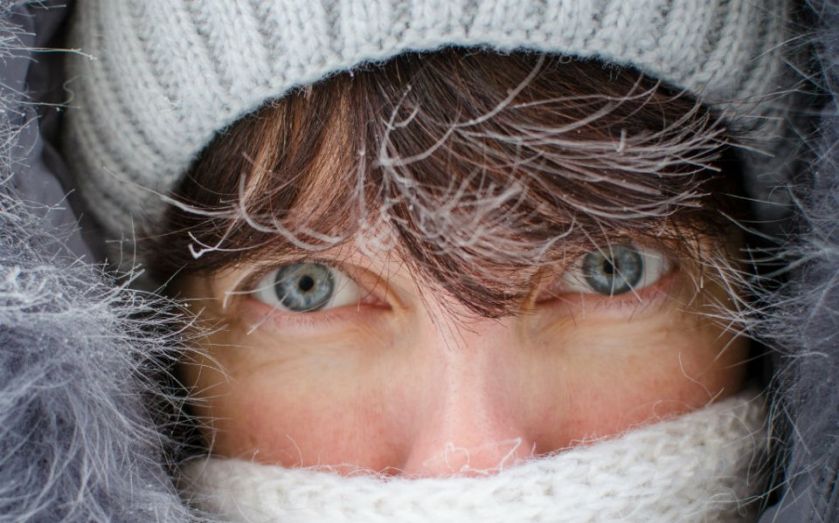Why is office air conditioning either too hot or too cold? Now science has an answer

Why is the office always so cold? Why is the air con creating an icy tundra when it's 30 degrees outside?
These are questions you've either posed yourself – from beneath a layer of blankets when you've lost all the feeling in your toes and fingers – or perhaps heard someone else mutter bitterly while you enjoy the cooling breeze.
But it turns out that if it's the first, you're probably a woman, if it's the second, then you're a man. That's according to science, anyway, which has finally discovered the reason office air conditioning leaves half of workers feeling a little like this:
In fact, the concept of air conditioning systems is gender biased, according to the findings of a study into the burning issue in the latest issue of the Nature Climate Change Journal.
Finally settling the age-old debate in offices across the globe about why it's either too hot or too cold, the study's authors say it's because office building temperatures are based on an equation created in the 1960s that takes into account the metabolism of men, rather than women.
That formula (Fanger’s thermal comfort equation, if you're interested) used the metabolism of a 40-year-old man weighing 154lbs. Women's metabolisms are around 20 to 30 per cent lower.
One of the co-authors of the study, Boris Kingma of Maastricht University Medical Centre in the Netherlands, told the New York Times.
In a lot of buildings, you see energy consumption is a lot higher because the standard is calibrated for men’s body heat production. If you have a more accurate view of the thermal demand of the people inside, then you can design the building so you are wasting a lot less energy, and that means the carbon dioxide emission is less.
So, while it finally settles the question of why women, more often than not, find the office too cold, it also shows adjusting the formula is likely not only to improve the working environment and boost productivity, but to reduce energy use too.